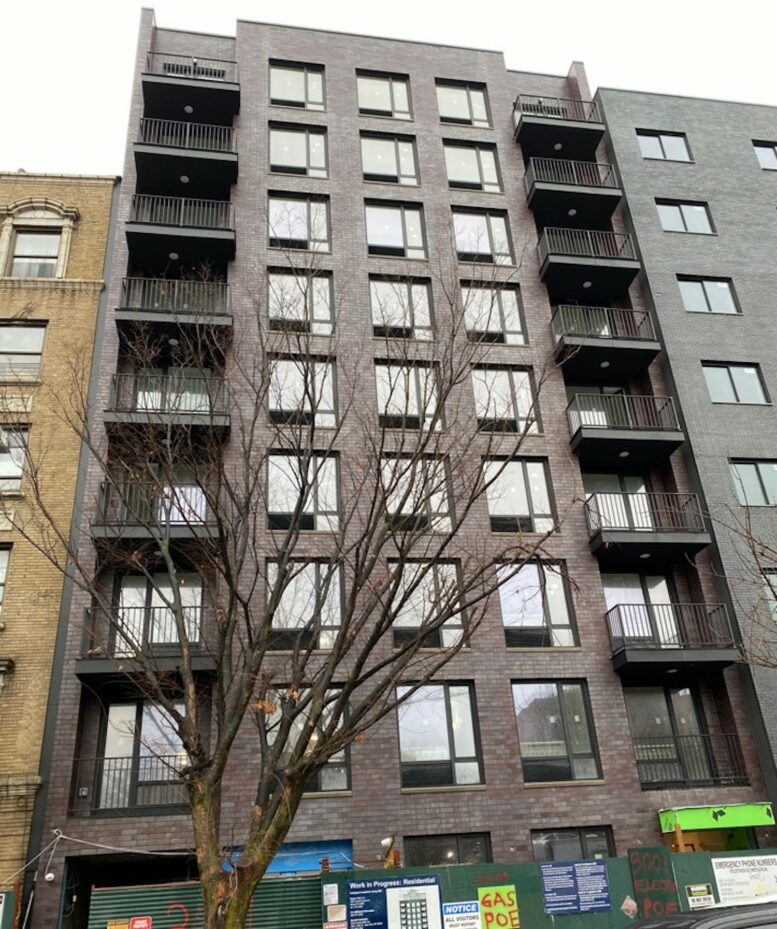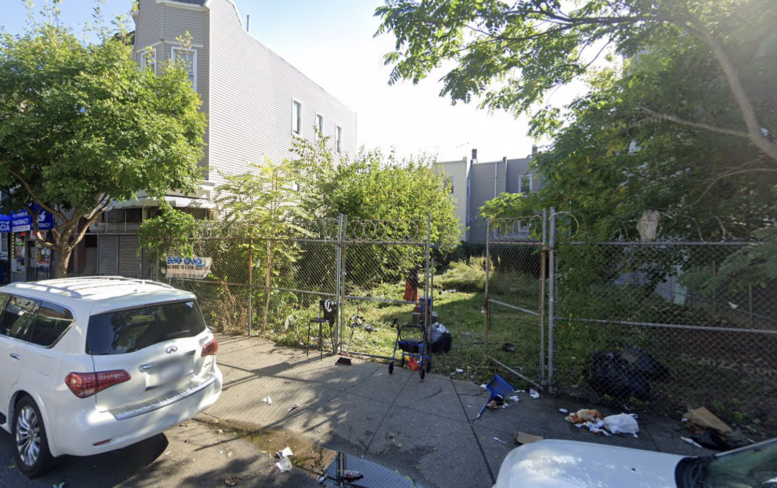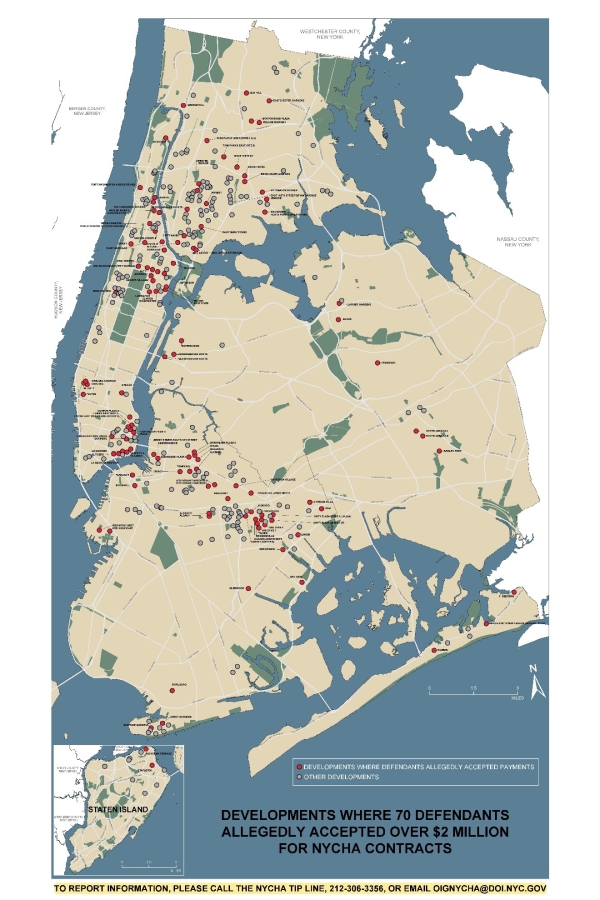New York City Comptroller Brad Lander today released an audit that reveals critical management deficiencies within the Department of Health and Mental Hygiene’s (DOHMH) Intensive Mobile Treatment (IMT) program. The City established the IMT program in 2016 to serve New Yorkers with severe mental health challenges, histories of homelessness and substance abuse, and frequent interactions with the criminal justice system, to ensure they do not cause harm to themselves or someone else. The audit finds that while the model is promising, the program is beset by substantial gaps in oversight and coordination, inadequate performance metrics, a failure to follow up on corrective action plans, and declining success at placing people in stable housing.
“We need the IMT program to work – to help mentally-ill and homeless New Yorkers get the treatment they urgently need,” said Comptroller Brad Lander. “Unfortunately, poor management and coordination mean the program is increasingly failing to help participants get off the street into stable housing – and we don’t know whether or not it’s working to keep IMT clients and other New Yorkers safe.”
Intensive Mobile Treatment (IMT) teams are designed to provide intensive, continuous, flexible support and treatment to individuals in their communities. IMT teams include mental health, substance use, and peer specialists to provide support and treatment including psychiatric treatment and medication, and to facilitate connections to housing and supportive services.
DOHMH’s stated objectives for the program include increasing patient retention to facilitate treatment, reducing incarcerations, and securing stable housing. The audit found that while client retention rates are good, that did not translate to continuous treatment. Lack of coordination between DOHMH and the Department of Correction (DOC) hampers the ability to evaluate the impact on incarceration. The percentage of participants who were able to acquire housing has declined significantly over the past two years.
The Comptroller’s audit reveals the following shortcomings in monitoring and oversight:
- Lack of Coordination Between DOHMH and DOC: Despite being a core goal of the program, IMT’s approach to tracking whether it is successfully reducing incarceration rates is inadequate. According to DOHMH, the program does not track or analyze this performance measure because it is difficult to coordinate and obtain data from DOC. Although earlier studies showed promising drops in incarceration, this indicator is not regularly tracked. The last analysis of incarceration rates occurred over two years ago, hampering the ability to assess the program’s success in achieving its core goals.
- Lack of Consistent Treatment: The failure to track the psychiatric services, needs, and whereabouts of the program’s participants may lead to them falling through the cracks and encountering repeated dangerous situations. The audit reveals that, despite high retention rates, a substantial percentage of people participating in the program do not consistently receive psychiatric care. 38% of sampled people met with an IMT psychiatric care practitioner less than half the time that they were part of the program, and 25% did not see a psychiatric care practitioner at any point between 10 to 27 months while considered enrolled in the program. Only 29% of sampled people reportedly took prescribed medication on a regular basis.
- Inconsistent Reporting and Lack of Performance Metrics: The lack of Key Performance Indicators (KPIs) and inconsistent reporting of crucial service areas, such as substance abuse intervention and vocational services, poses a challenge in both holding DOHMH’s contracted service providers accountable for performance, and for assessing the overall effectiveness of the IMT program.
- Declining Rates of Housing Stability: The percentage of clients who were able to obtain housing decreased from 47% to 30% over the past two years, and the percentage of clients who were able to retain stable housing declined from 44% to 37%.
The story of Rashid Brimmage, which was recently reported by The New York Times, illustrates the gaps in the IMT program. Brimmage was placed with an IMT team after an arrest in 2019. Diagnosed with schizoaffective disorder, he was badly in need of antipsychotic medication and could not go more than a few hundred feet without cursing or assaulting strangers. Mr. Brimmage checked himself into emergency rooms five times in 2020, but was discharged each time – without contact with his IMT team. After he assaulted a 92-year-old woman, he spent months in jail, was sent to a residential treatment program, and then disappeared again. It was a Times reporter who spotted Mr. Brimmage on a subway train in March 2023, in distress, wearing a hospital bracelet, who contacted his treatment team, and he then returned to his treatment program.
In response to the audit’s findings, the Comptroller recommends the following:
- Develop reasonable targets for treatment provided to clients and hold contracting agencies accountable when those targets are not met. DOHMH needs to establish performance measures that allow the agency to assess and track the progress of clients, something it has agreed to do, but not until FY 2025, a decade after the program was launched. The agency must use those performance metrics to hold its contracted agencies accountable when those metrics are not met. The audit found a lack of follow-up on corrective action plans with contracting agencies.
- Improve coordination with DOC and hospitals: NYC DOHMH needs to be able to work more effectively with DOC to keep track of clients, measure, and reduce incarceration rates. Better coordination is also needed with hospitals, to keep clients from cycling from emergency rooms back to the street without effective treatment or services.
- Identify a dedicated set of housing vouchers to help IMT Participants get off the street: It is exceedingly difficult for clients to improve while living on the street. To address the decline in housing placements, the City should identify a set of housing vouchers specifically targeted to IMT clients. Given that these individuals have been identified precisely because they present a risk to both themselves and others, they should be a top priority for available vouchers. Utilizing a “housing-first” model, like the one outlined in a recent report by the Comptroller’s Office, as part of the program’s core strategy can address homelessness and instability. This urgent need could potentially be addressed through a scaled-up version of the City’s “Street to Housing” pilot, CityFHEPS vouchers or State-funded HAVP (Housing Access Voucher Program). While acknowledging the importance of housing vouchers across various demographics, there is a clear need to prioritize this support for IMT participants, ensuring they can transition off the streets effectively, maintain treatment, retain stable housing, and keep themselves and other New Yorkers safe.
Read the full audit here.

















